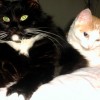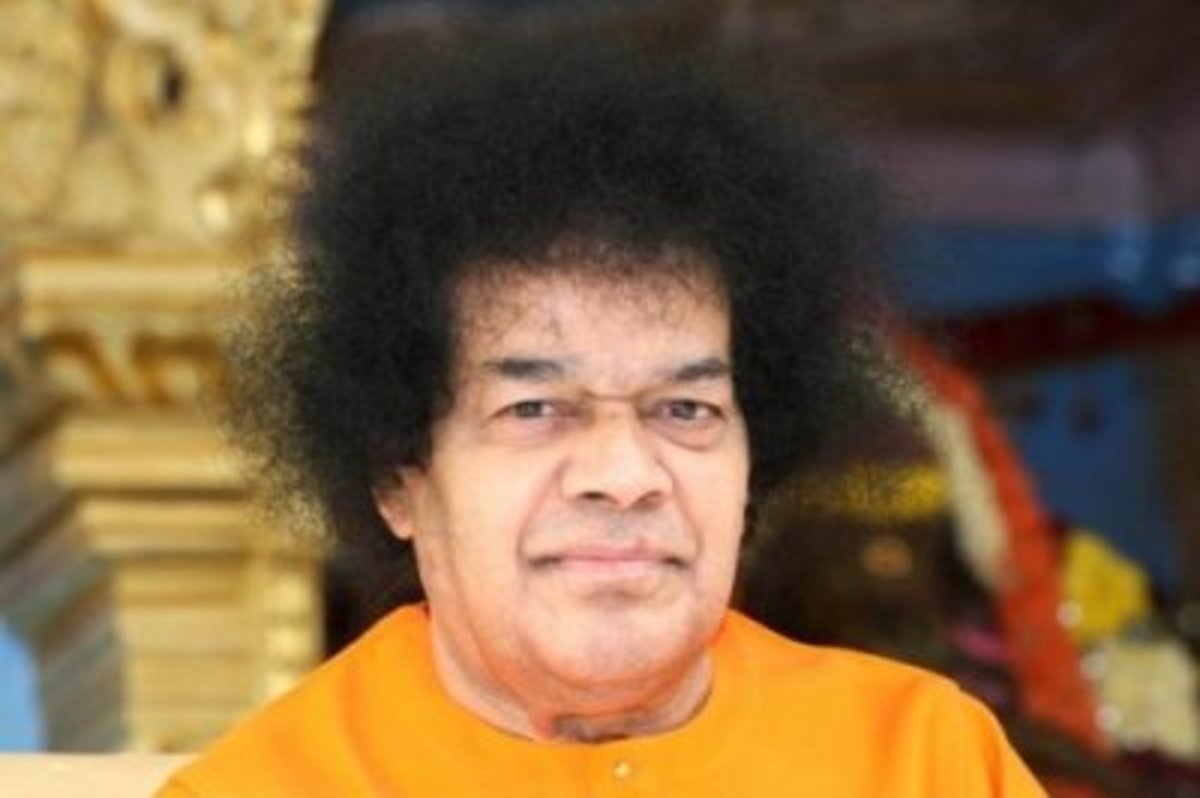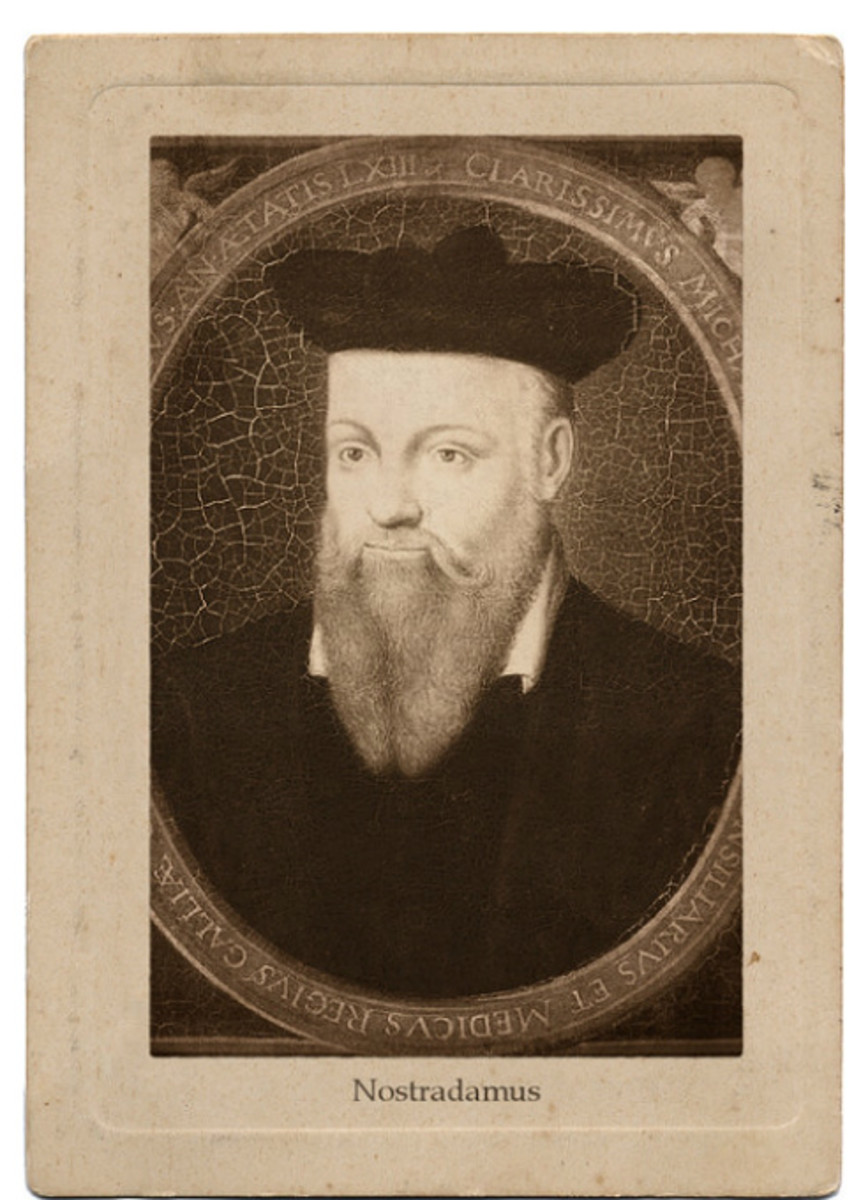Ghosts or Apparitions?
Molly
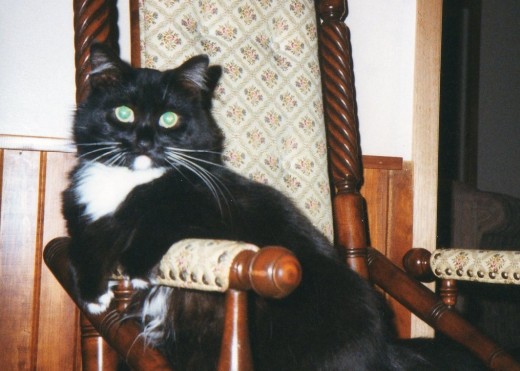
In our pursuit of defining ghosts we are hampered by their very nature of being indefinable. They slip through our fingers and defy explanation because of the countless explanations humanity has postulated. Definition by way of the scientist or lay person bogs our attempts and confuses the issue because we see validity in all.
Everyone has a story where a deceased friend or relative has allegedly attempted contact. Personal examples include thumps from my mother’s storage closet in her new apartment where she had temporarily stored my father’s ashes. Once removed and put in a prominent place of honour in the living room the thumps stopped, never to resume. Another time my cat Molly was suddenly possessed by a never before witnessed gymnastic fervour whereupon she raced about, leapt up to the entertainment unit and pawed repeatedly at a photo of my brother-in-law whom we had just buried. How to explain or define such occurrences? Is any explanation necessary? Depends on who you talk to.
Poet Lord Byron

Ghosts and Apparitions
Science
Not surprisingly the scientific community centres the majority of their research within the field of psychology. Freud believed ghosts of dead loved ones could be explained as “an opposition [by the bereaved] so intense that a turning away from reality takes place and a clinging to the object through the medium of hallucinatory wistful psychosis” (Bennett 147). While the rhetoric has softened somewhat since Freud “by resorting to evasions such as the phrase ‘the sense of a presence’ ... sometimes the medico-psychological model and its images of abnormality still lie close to the surface” (Bennett 147). The term ‘ghost’ is not encouraged in the scientific realm, instead ‘apparitional experience’ is the more accepted label. ‘Ghost’ suggests that something of a human being survives death whereas ‘apparition’ includes living entities (Wikipedia).
Scientists and sceptics alike have delved into the supernatural world and brought forward many valuable and plausible theories. Electromagnetic fields, or EMFs, emitted by various electrical sources are proposed as one source of haunting. Yet, studies done by Christopher French on the likelihood that EMFs and infrasound were responsible for paranormal feelings “could not conclude ... [they]... played a role” (Marcus). Natural explanations for cold spots, moving objects or unusual sounds are frequently found as culprits in paranormal activity. Sleep disorders, and hypnagogic states can produce visual or auditory hallucinations where we think we are awake, but are susceptible to illusions just prior to waking or dropping off to sleep (Lewis 117). In the waking world misconstructions of normal objects lead to false perceptions. The poet Byron’s ghost was proved to be nothing more than several cloaks and plaids hanging together (Wikipedia). As science itself grows, so do the explanations for apparitions. On the other side the lay person too has answers, but these answers don’t discount the supernatural quality. Ghosts come in many forms.
Famous Ghost Photos
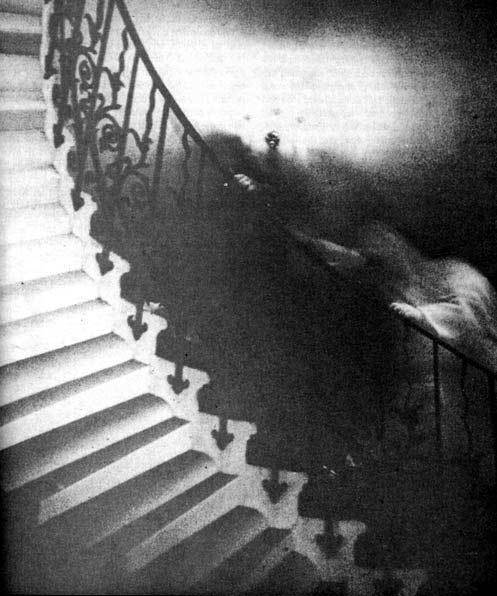
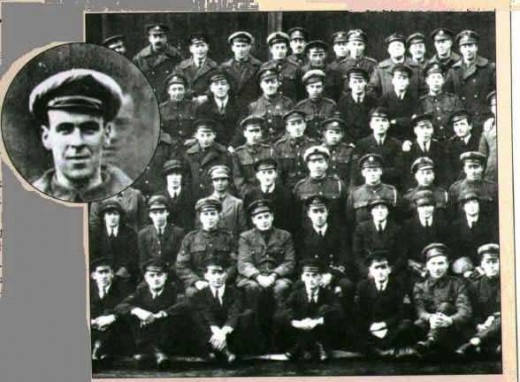
Experienced Lay Person
General consensus agrees there are three types of ghosts or haunting. The intelligent ghost responds to outside stimuli and exhibits personality. They seem to be attached to particular sites and may offer vocal response which can be recorded. The residual ghost is usually unaware of change in its surrounding and continues to play the same scene repeatedly. The third type of haunting or ghost is labelled demon and even in believers’ circles comes under some debate. The poltergeist falls into a demon subcategory and often centres its attention upon adolescents – perhaps thriving off the chaos of puberty (Johnson TAPS). In all types of haunting the appearance of the ghost is as varied as humanity itself. They can appear as orbs, mists, partially or fully formed figures, transparent, solid, or shadows. The one constant is that they are seen by their researchers as disembodied spirits – not hallucinations.
In recent years science and technology have entered the world of the ghost hunter and while it may be argued by the scientists that the electronic tools being used were not created for ghostly research and therefore subject to dubious readings, it must also be said the hunter of today is attempting a more objective approach. Perhaps a meeting of minds in the distant future is in the offing. Belief one way or another is an experiential thing and can be modified through continued growth on both sides. Change is the only constancy where today’s truth could very well be tomorrow’s fallacy.
So – was feline Molly really a conduit for my late brother-in-law, or did she simply have a flea up her butt? And was my father thumping his displeasure at being banished to the closet, or did a neighbour coincidentally cease his late night hammering the day the urn was moved to a more appropriate location? We’ll probably never know the definitive answers until we see what exists beyond our present senses, and then we’ll no longer need the explanations.
Works Cited
Bennett, Gillian and Bennett, Kate Mary. The Presence of the dead: an empirical study.2000. 3 Oct. 2009< liv.ac.uk/~kmb/MyPublishedPapers/BennettBennett2000a.pdf>
Lewis, James R. The Dream Encyclopedia. Detroit: Visible Ink Press, 1995.
Marcus, Adam. “Ghost Lusters: If You Want to See a Spector Badly Enough Will You?” Scientific American. 27 Oct. (2008). 7 Oct. 2009 <scientificamerican.com/article.cfm?id=ghost-lusters-if-you-want>
Johnson, Carl L. and Johnson, Keith E. “The Three Basic Types of Hauntings.”The Atlantic Paranormal Society (TAPS). 7 Oct. 2009 <the-atlantic-paranormal-society.com/articles/general/3types.html>
“Apparitional Experience”. Wikipedia. 4 Oct. 2009 <http://en.wikipedia.org/wiki/Apparitional_experience>
- Unexplained Mysteries :: Paranormal Phenomena and the Worlds Greatest Unexplained Mysteries
A To Z Of The Unexplained, Paranormal Phenomena, Discussion Forum, Sightings Database, Search Engine and all the latest news on everything unexplained. - The Atlantic Paranormal Society (TAPS)
- The Skeptic\'s Dictionary - Skepdic.com
- Paranormal State - A&E TV
Check out A&E's Paranormal State TV series starring the Paranormal Research Society. The PRS investigators explore the unknown and paranormal activity such as ghosts and hauntings.
